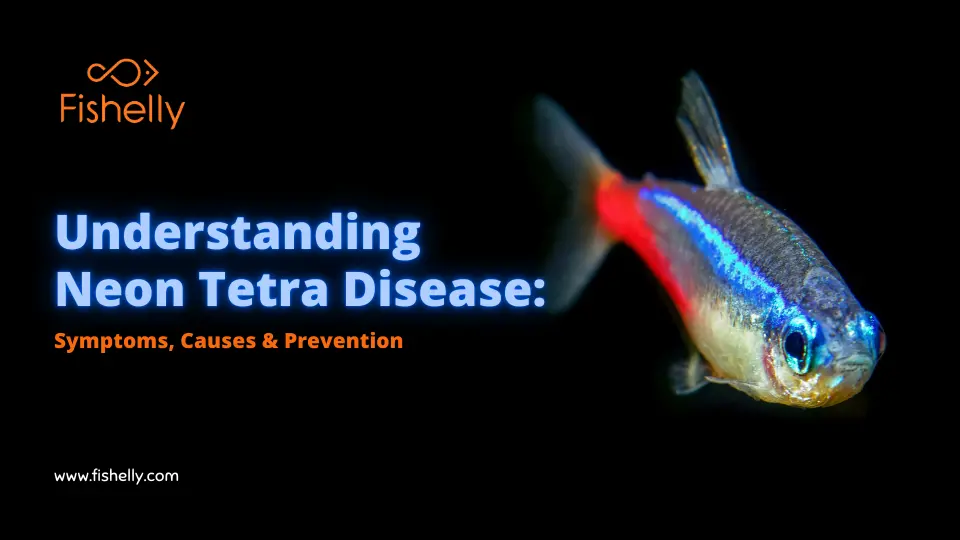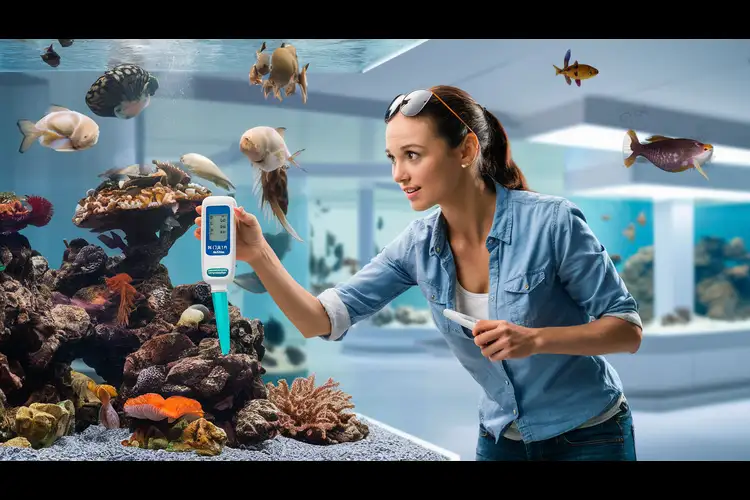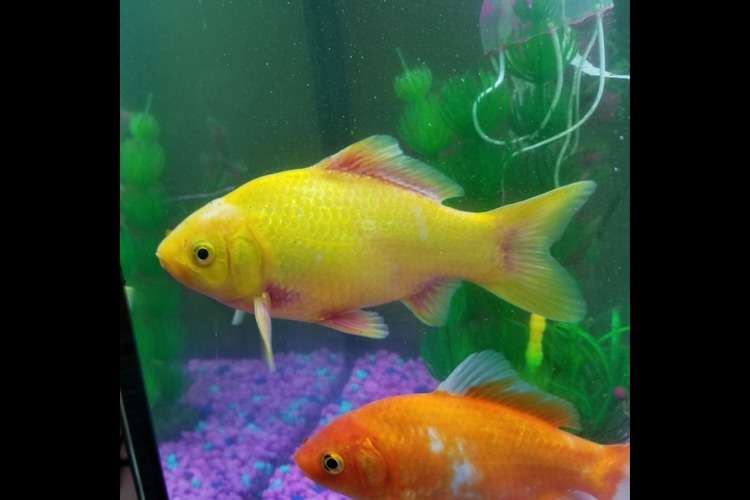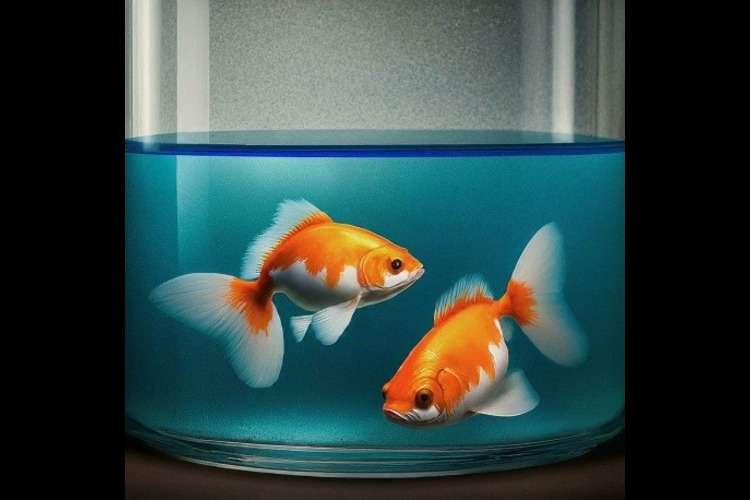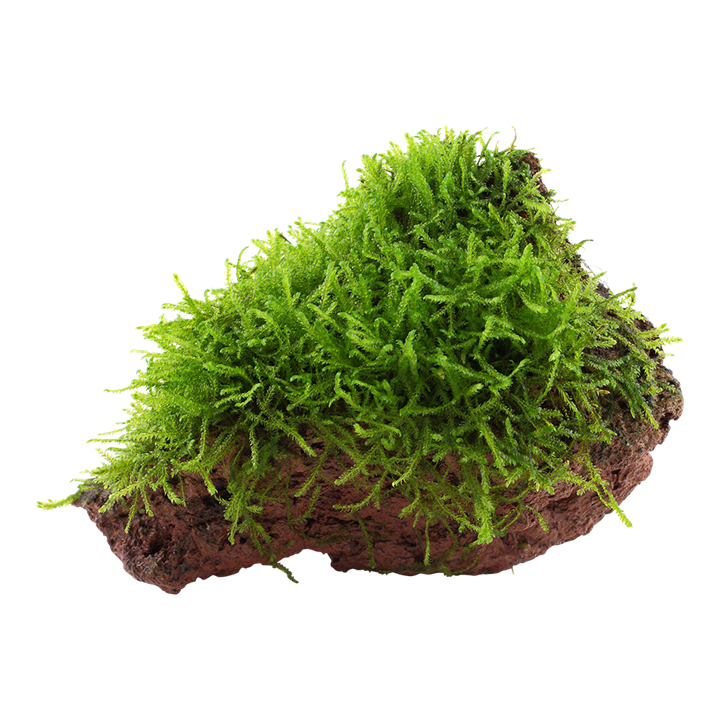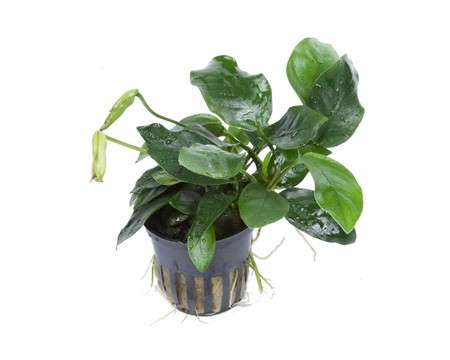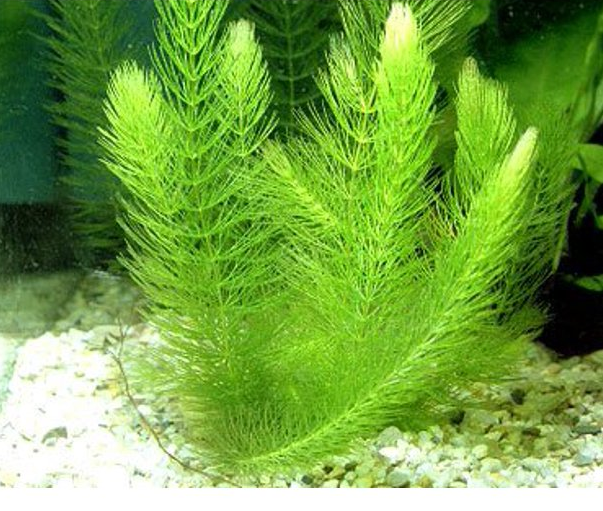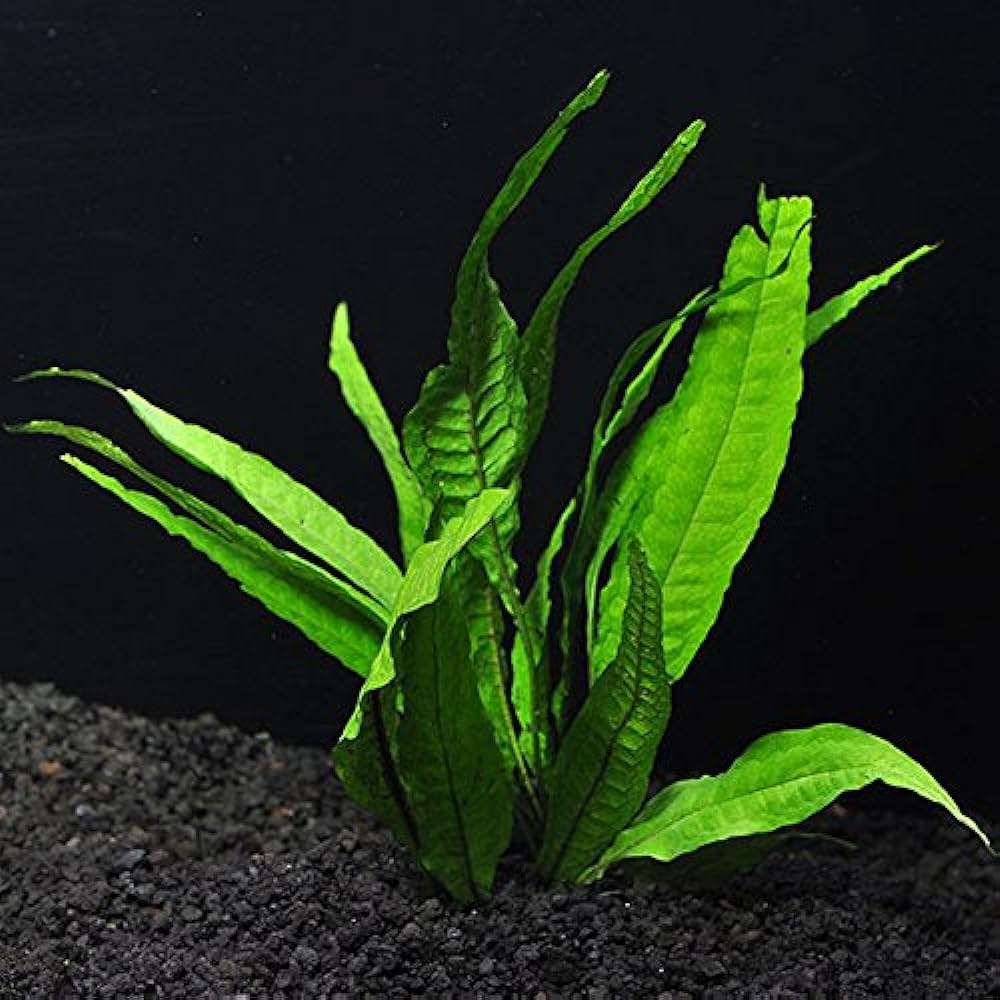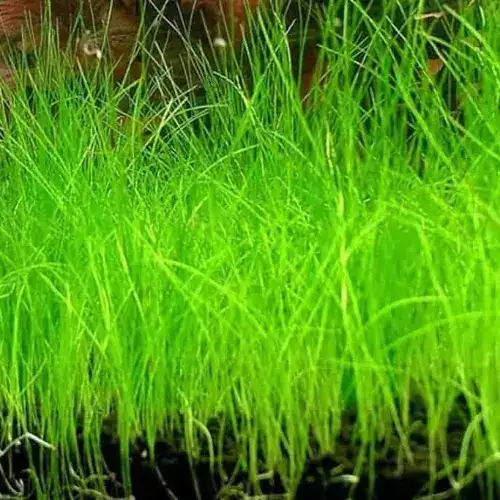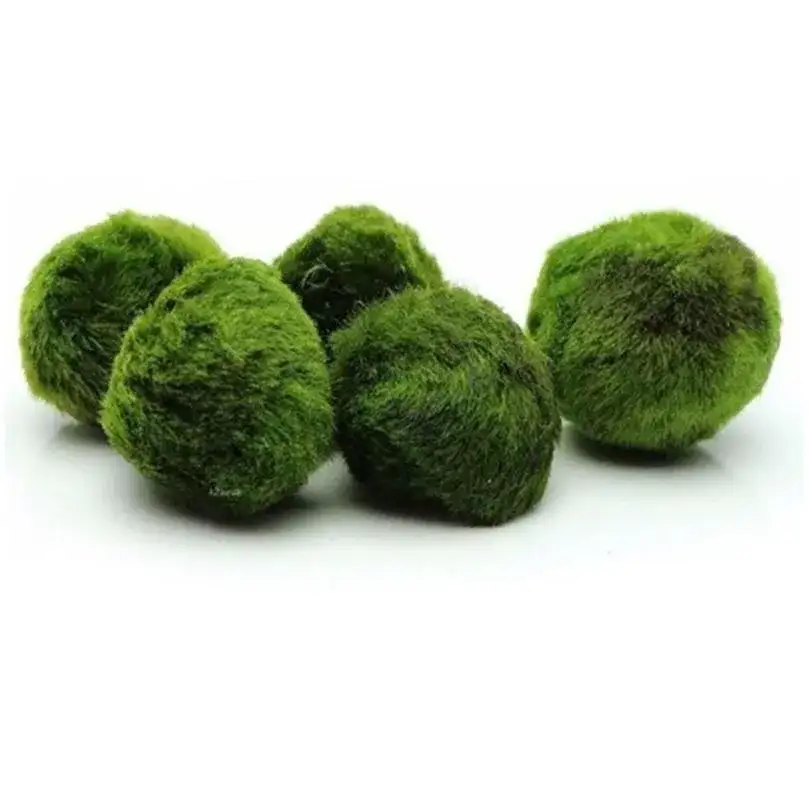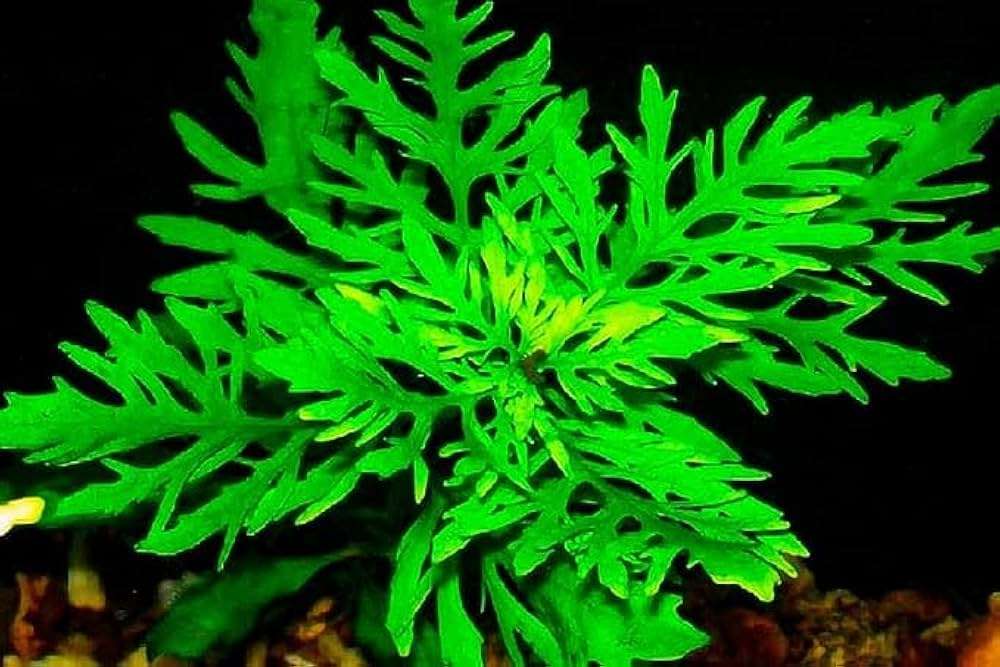Understanding Neon Tetra Disease: Symptoms, Causes & Prevention
Neon Tetra Disease (NTD) is a deadly illness caused by a protozoan parasite. Learn how to identify its symptoms, understand its causes, and prevent it in your tank.
Table of Contents
Neon Tetra Disease (NTD) is a grave, often fatal disease affecting popular aquarium fish of the family Paracheirodon, recognized as Neon Tetra. This is caused by the protozoan parasite, Pleistophora hyphessobryconis, infecting fishes' internal organs and muscles, which eventually creates extensive tissue destruction without remedying, leading to the demise of infected fishes.
Symptoms of Neon Tetra Disease
Neon Tetra Disease is primarily described in neon tetras, yet its effects could be seen in other species in the aquarium, particularly in the family Characidae. The most common signs of NTD are:
Color Fading: Neon tetras exhibit outstanding bright colors. The first noticeable symptom of NTD will thus be color fading, where the affected individuals appear dull or pale.
Abnormal Swimming: Infected fish may swim erratically, may not be able to keep upright, or may be weak.
Muscle wasting: It reverses a disease known as "skinny disease," which is characterized by the wasting of muscle tissue in an infected fish. Due to muscle wasting, the fish may have a sunken belly and, when viewed, appear emaciated.
Deformities: Physical deformities may develop, including curvature of the spine and distension of the abdomen, caused by its continued attack on the fish.
White Cysts: Tiny white cysts form underneath the skin of the fish infected with the parasite or around its fins.
Cause and Transmission
Neon Tetra Disease is due to the protozoan parasite known as Pleistophora hyphessobryconis; it mostly enters the aquarium through new, infected fish or contaminated water. It can spread from one fish to another through direct contact, from infected water, or even contaminated equipment like nets and filters. It mainly affects the musculature and internal organs of the fish, leading to extensive steady degradation of the fish and, if untreated, resulting in death.
Treatment and Prevention
Neon Tetra disease has yet to be conquered and, hence, prevention and early detection present the only strategy. Generic treatment includes:
New fish quarantine: new fish must be quarantined for a minimum of 14 days before being placed in the main tank. This helps prevent the spread of NTD.
Water replacement: this helps keep the water clean and filtration good, hence preventing infections. Regularly replace the water and maintain high tank cleanliness to reduce stress on the fish, therefore preventing the onset of diseases.
Proper equipment disinfection: Be cautious when sharing equipment such as nets or siphons between tanks. It is best to disinfect these tools frequently.
Take out infected fish: On noticing neon tetra disease-interrupted fish, remove them from the tank immediately-this stops the spread of the parasites to other fish in the aquarium.
Improving tank conditions: Less stress is essential for happy fish, and the best way to do this is to maintain stable and healthy conditions. Make sure the conditions of the water-for example, temperature, pH, and hardness-are provided and kept within the optimal for your species.
Faq
1.What is Neon Tetra Disease (NTD)?
NTD is a fatal disease caused by the parasite Pleistophora hyphessobryconis, affecting neon tetras and other fish, leading to muscle and organ damage.
2.What are the symptoms of NTD?
Symptoms include color fading, abnormal swimming, muscle wasting, physical deformities, and white cysts on the skin.
3.How is NTD transmitted?
It spreads through infected fish, contaminated water, or shared aquarium equipment.
4.Is there a cure for NTD?
No, there is no cure. Prevention and early detection are essential.
5.How can I prevent NTD?
Quarantine new fish, maintain clean water, disinfect equipment, remove infected fish, and ensure optimal tank conditions.
6.Can other fish species get NTD?
Yes, fish in the Characidae family can also be affected.
7.How can I improve my fish’s immunity?
Maintain stable water conditions, reduce stress, and provide a balanced diet.
8.Can humans spread NTD?
Humans don’t directly spread it, but contaminated equipment can.
9.What should I do if I spot a sick fish?
Remove the infected fish immediately and disinfect any equipment that came into contact with it.
10. Can NTD affect the whole tank?
Yes, it can weaken the entire tank ecosystem, so quick action is needed to prevent the spread.
Conclusion
Neon Tetra Disease is an extremely destructive disease that afflicts neon tetras as the primary victim but sometimes affects various other fishes in the community aquarium. Given the extremely contagious nature of the disease and the inexcusability of failure to achieve treatability, it requires enthusiast aquarium hobbyists to keep their sights fixed on prevention and zero tolerance of NTD. Sterility inside the aquarium, quarantining of new fish, and quick removal of any infected ones will greatly weaken this terrible disease at the point of entry.
